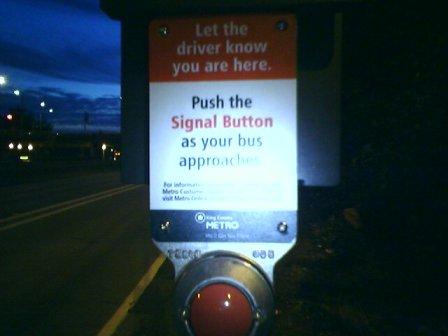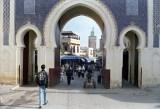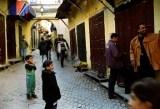Wikipedia defines slugging as, “a form of commuting that…combines a variation of ‘ride-share’ commuting and hitchhiking.” Essentially, folks who need rides stand at designated locations (near bus stops, for example), and folks who need riders (for the HOV lanes) pick them up. Personally, I’d prefer to ride with strangers in a government-sanctioned context, but if it works for other folks…
Slugging is very popular in cities like Washington, Pittsburgh, and San Francisco. It happens occasionally in the Seattle area (it’s been happening at Overlake Transit Center for years), but it’s certainly not an established or common practice.
Yet.
Today I met with Zachary Corker of Goose Networks, a startup that’s brought Seattle’s special high-tech flavor to this ride-sharing phenomenon. Goose’s service “allows commuters to find ridesharing partners in real-time by simply sending a free text message from their existing mobile phones.” Instead of standing on the street and waiting for a stranger to pass, Seattle-area sluggers can sign up for Goose’s service (for free) and send a text message when they’re ready to leave. The system matches drivers and riders and sends a return text message with all relevant information. Users are also screened, so it’s more likely to be safe. Interested? Check out the tutorial on the Goose Networks website.
If you happen to work at Microsoft and live in one of nine central-Seattle zip codes (98101, 98102, 98104, 98109, 98112, 98119, 98121, 98122, 98199), you can participate in Goose’s three-month beta. They even offer incentives like free gas.
Of course, real-time carpooling can’t offer free wireless Internet access, like the 545. I’m just sayin’.



